Our society was designed from the ground up to accommodate the needs of able-bodied individuals, so there are times when everyday situations can become a struggle for those who are deaf. There are barriers to basic access that limit the rights and freedoms of those who can not hear, subtly perpetuating an existing structure of oppression.
Even with all our modern technology, progressive innovators have failed to address some of the real problems that persist when it comes to accessibility. Below are 5 accessibility issues that could use more attention in 2018.
5 Deaf Accessibility Solutions We Hope to See
1) Movie Theater Captioning
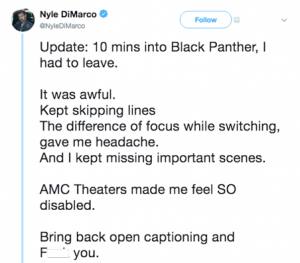 This past month, actor and activist Nyle DiMarco tweeted about his unfortunate experience at AMC Cinemas after attending a screening of the much anticipated Black Panther movie. Frustrated with the wild inconsistency of the captioning, which was dropping entire blocks of dialogue, DiMarco left the theater only ten minutes into the film. Hundreds of other deaf individuals joined DiMarco’s Twitter thread to share their own stories of failed captioning systems and culturally incompetent employees at cinemas; most concluding with a resignation that movie theaters are still not friendly places for deaf or otherwise disabled patrons.
This past month, actor and activist Nyle DiMarco tweeted about his unfortunate experience at AMC Cinemas after attending a screening of the much anticipated Black Panther movie. Frustrated with the wild inconsistency of the captioning, which was dropping entire blocks of dialogue, DiMarco left the theater only ten minutes into the film. Hundreds of other deaf individuals joined DiMarco’s Twitter thread to share their own stories of failed captioning systems and culturally incompetent employees at cinemas; most concluding with a resignation that movie theaters are still not friendly places for deaf or otherwise disabled patrons.
Movie theaters are a place of public accommodation where people from all walks of life are entitled to share an experience. A culturally significant film such as Black Panther, or a film that elicits rabid fandom like the Star Wars series, can be meaningful to people’s lives. Everyone deserves to share in that excitement and collective social moment if they so choose.
The closed captioning devices that deaf movie-goers are given to use make it difficult to focus on both the film, which is in the background, and the screen, which is in the foreground. The constant shift in focus can be exhausting, and can also cause the viewer to miss a great deal of the action in the movie. Captioning glasses offer a similar experience.
When reading tweets in the thread started by DiMarco, it becomes clear that open captioning (with the transcript right on the screen) is the preferred accommodation for deaf audiences. But movie theaters do not want to scare off the much larger audience of hearing people by offering all showings with open captions. Captioned showings are offered infrequently, typically at odd times, and there are even reported instances of movie theaters actually turning off the captioned version after hearing viewers complain.
We live in a time of liquid HD film and 3D IMAX cinematography and hologram performers, but deaf people can’t just enjoy a simple night at the movies. Wouldn’t it be great to see an elegant technological solution that meets the needs of deaf audiences while maintaining appeal to mainstream patrons?
2) Text-based Emergency Alerts and Service Lines
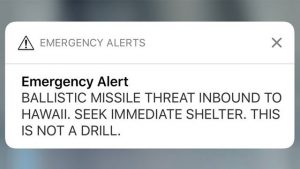 Although its true that programs like text-911 and text emergency alerts are beginning to roll out across the country, they are still embarrassingly unreliable considering the availability of technological resources in this era. Emergency management systems continue to malfunction, for example the alarming recent false missile alert that was sent out to mobile phones in Hawaii, which was not corrected by a follow-up text for a full 38 minutes.
Although its true that programs like text-911 and text emergency alerts are beginning to roll out across the country, they are still embarrassingly unreliable considering the availability of technological resources in this era. Emergency management systems continue to malfunction, for example the alarming recent false missile alert that was sent out to mobile phones in Hawaii, which was not corrected by a follow-up text for a full 38 minutes.
Those who can hear have more immediate access to updates during emergency situations, which literally places deaf people at a disadvantage for survival. What kind of innovative modern federal emergency alert and management solutions could be created if this issue was granted the kinds of intellectual resources, research funding, and priority that it deserves?
3) Interpreted Concerts and Performances
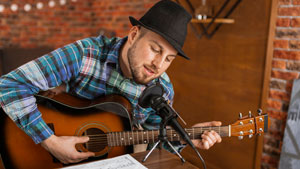 This is a fact that was for too long hidden, covered up, and denied, so it deserves to be repeated with great frequency: people who are d/Deaf deserve full access to the cultural arts!
This is a fact that was for too long hidden, covered up, and denied, so it deserves to be repeated with great frequency: people who are d/Deaf deserve full access to the cultural arts!
People who are deaf deserve access to every moment of shared collective joy, pain, awe, introspection, and outward rage that can be elicited through performance. To deny a person this experience is to deny them access to the very culture in which they live and the possibility of meaningful human connection. From Broadway shows, to the national anthem at a baseball game, to a pop concert, and everything in between, each and every person in attendance should be able to share in the energy.
This is an accessibility issue that can be resolved without the use of robotics or engineering! For those who use ASL to communicate, a properly placed, qualified sign language interpreter is the best option for full access, and if possible, hiring a deaf interpreter or trained performer. Yet there remains a stubborn set of barriers when it comes to access for the performing arts, namely a lack of cultural competency when it comes to accommodating a deaf audience. Often those organizing and hosting cultural events overlook their ADA obligation to provide equal access when creating a budget for the production, then find themselves scrambling to find the funding for accommodations.
Performing arts are an outlet for self expression; a way to explore complex human emotions and taboo topics. Theaters, venues, and even musicians themselves are being pressured to evolve to meet the demands of culturally aware audiences, who value inclusion.
4) Video phone services in jails and prisons
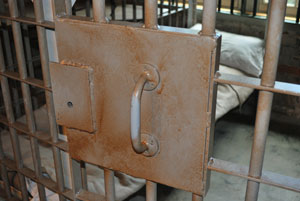 The rights of deaf inmates are extremely limited and often violated. There are thousands of deaf prisoners all across the country — a number of them wrongfully convicted — yet less than 10 prisons in the United States have video phones.
The rights of deaf inmates are extremely limited and often violated. There are thousands of deaf prisoners all across the country — a number of them wrongfully convicted — yet less than 10 prisons in the United States have video phones.
Inmates are routinely denied access to their families, friends and legal counsel because effective communication technologies are not present, or because the staff does not know how to operate or “supervise” calls on the outdated and unreliable equipment. Incarcerated deaf people grow increasingly isolated.
As inmates, deaf people are left out of orientations and safety meetings, and denied possibilities for social interaction. Prison televisions without captioning remove yet another line to the outside world. Deaf prisoners are denied access to post-secondary education and extracurricular activities. The end result is emotional withdrawal and deteriorating mental health.
The increase of civil rights activism in our country paired with the constant evolution of technologies could truly benefit prisoners who are deaf. Technological developers seeking a way to “give back” or solve a real social problem should consider assisting this extremely marginalized and silenced segment of the population.
5) Public and private transportation
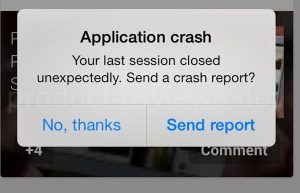 It’s hard to believe that it’s 2018 and we still haven’t found a consistent and effective means of communicating time, gate, and route changes for major transportation methods. Deaf people still frequently miss train and plane announcements, which often happen at the last minute. Visual notifications at airports can lag, and airport staff are not all trained to be culturally aware when interacting with a lost passenger who is deaf.
It’s hard to believe that it’s 2018 and we still haven’t found a consistent and effective means of communicating time, gate, and route changes for major transportation methods. Deaf people still frequently miss train and plane announcements, which often happen at the last minute. Visual notifications at airports can lag, and airport staff are not all trained to be culturally aware when interacting with a lost passenger who is deaf.
Transportations apps are great in theory, but in-practice they’re often glitchy, not updated in real-time, or cannot be accessed while traveling underground. This not only impacts deaf passengers. For example: if a flight boards 30 minutes early, any passengers who have just stepped out to get some fresh air or who are in a smoking area can very easily miss the overhead announcement. Transportation companion apps are rarely innovative or even user-friendly. Sometimes the apps work smoothly and as intended, then other times the apps crash or close out at critical moments, leaving travelers without the tools they need. For passengers who can not hear, this can be very confusing and frustrating.
If airlines and public transportation companies hope to regain the numbers they continue to lose, they may want to make a serious investment in the way they digitally connect with passengers. Making transportation a seamless and integrated experience in people’s lives can help more people experience the benefits of traveling.
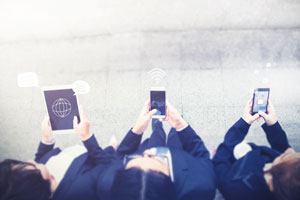 Intricate robotic communication devices, such as “sign language gloves” and intuitive interpreting apps, have always captivated the minds of innovators looking to help bridge the gap between the deaf and hearing world. If advanced to a stage of development where they functioned as intended, these types of devices would offer an interesting new option for deaf and hearing individuals to communicate in one-to-one, or maybe even small group settings. However, most people who are actively involved with the deaf community know that navigating the language barrier during calm, planned personal interactions isn’t the most pressing accessibility issue that people who are d/Deaf/Hard of hearing face.
Intricate robotic communication devices, such as “sign language gloves” and intuitive interpreting apps, have always captivated the minds of innovators looking to help bridge the gap between the deaf and hearing world. If advanced to a stage of development where they functioned as intended, these types of devices would offer an interesting new option for deaf and hearing individuals to communicate in one-to-one, or maybe even small group settings. However, most people who are actively involved with the deaf community know that navigating the language barrier during calm, planned personal interactions isn’t the most pressing accessibility issue that people who are d/Deaf/Hard of hearing face.
Perhaps before developing all sorts of high-tech “solutions,” ambitious innovators could slow down and take a moment to understand the real problems faced by the deaf and disabled communities. They could help to level the playing field for these communities moving forward. By creating genuine connections with the people that they hope to help, socially-minded individuals in the STEM fields can truly begin to change the world.
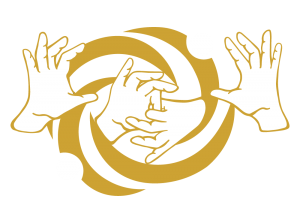

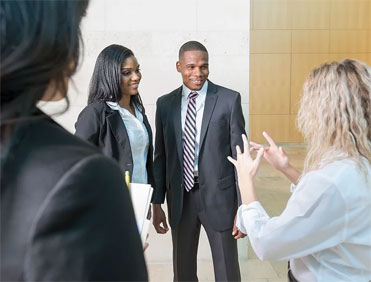

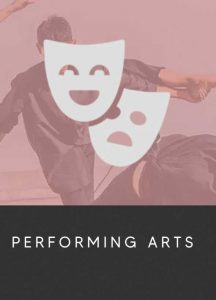

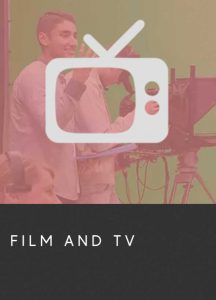





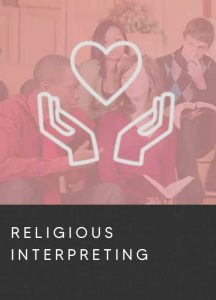
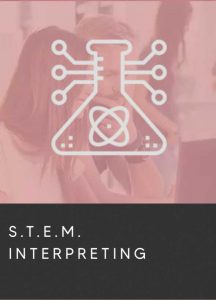
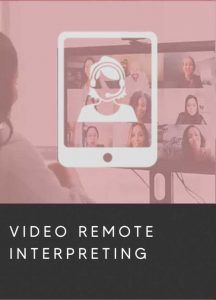


 This past month, actor and
This past month, actor and  Although its true that programs like text-911 and text emergency alerts are beginning to roll out across the country, they are still embarrassingly unreliable considering the availability of technological resources in this era. Emergency management systems continue to malfunction, for example the alarming
Although its true that programs like text-911 and text emergency alerts are beginning to roll out across the country, they are still embarrassingly unreliable considering the availability of technological resources in this era. Emergency management systems continue to malfunction, for example the alarming  This is a fact that was for too long hidden, covered up, and denied, so it deserves to be repeated with great frequency: people who are d/Deaf deserve full access to the cultural arts!
This is a fact that was for too long hidden, covered up, and denied, so it deserves to be repeated with great frequency: people who are d/Deaf deserve full access to the cultural arts! The rights of deaf inmates are extremely limited and often violated.
The rights of deaf inmates are extremely limited and often violated.  It’s hard to believe that it’s 2018 and we still haven’t found a consistent and effective means of communicating time, gate, and route changes for major transportation methods. Deaf people still frequently miss train and plane announcements, which often happen at the last minute. Visual notifications at airports can lag, and airport staff are not all trained to be culturally aware when interacting with a lost passenger who is deaf.
It’s hard to believe that it’s 2018 and we still haven’t found a consistent and effective means of communicating time, gate, and route changes for major transportation methods. Deaf people still frequently miss train and plane announcements, which often happen at the last minute. Visual notifications at airports can lag, and airport staff are not all trained to be culturally aware when interacting with a lost passenger who is deaf. Intricate robotic communication devices, such as “sign language gloves” and intuitive interpreting apps, have always captivated the minds of innovators looking to help bridge the gap between the deaf and hearing world. If advanced to a stage of development where they functioned as intended, these types of devices would offer an interesting new option for deaf and hearing individuals to communicate in one-to-one, or maybe even small group settings. However, most people who are actively involved with the deaf community know that navigating the language barrier during calm, planned personal interactions isn’t the most pressing accessibility issue that people who are d/Deaf/Hard of hearing face.
Intricate robotic communication devices, such as “sign language gloves” and intuitive interpreting apps, have always captivated the minds of innovators looking to help bridge the gap between the deaf and hearing world. If advanced to a stage of development where they functioned as intended, these types of devices would offer an interesting new option for deaf and hearing individuals to communicate in one-to-one, or maybe even small group settings. However, most people who are actively involved with the deaf community know that navigating the language barrier during calm, planned personal interactions isn’t the most pressing accessibility issue that people who are d/Deaf/Hard of hearing face.





